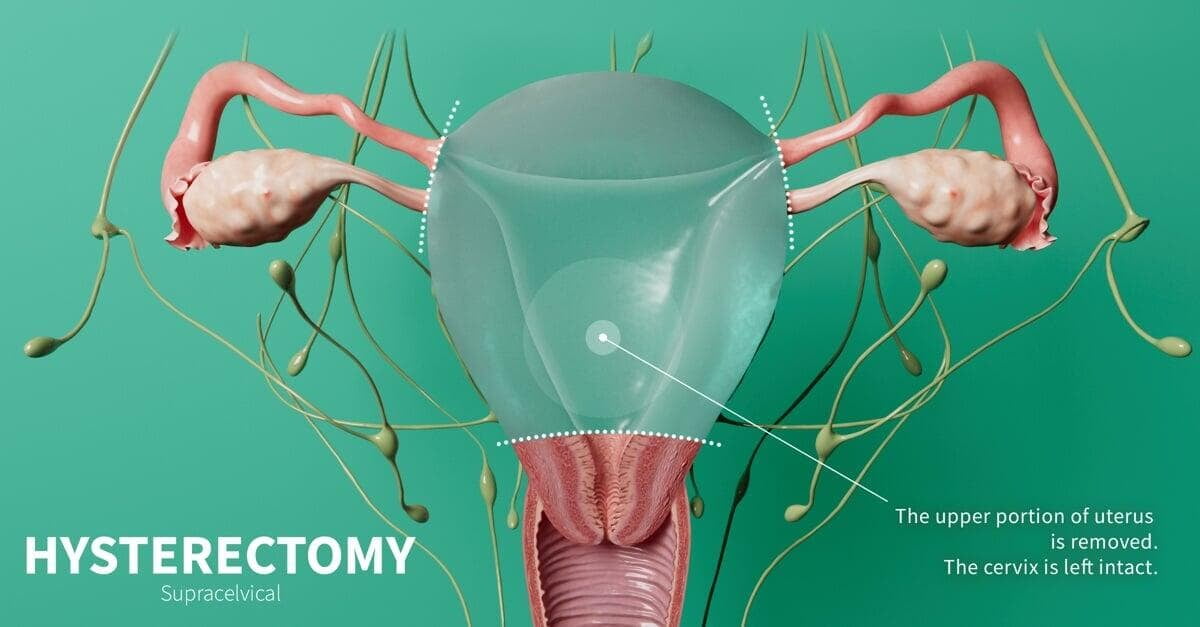Post Surgical Rehabilitation to Return to Activity

Introduction: Hysterectomy, the surgical removal of the uterus, is a common procedure performed for various medical reasons, including fibroids, endometriosis, pelvic organ prolapse, or cancer. While hysterectomy can provide relief from certain gynecological conditions, it can also impact pelvic floor health and function. In this post, we'll explore the importance of pelvic floor rehabilitation following hysterectomy and provide practical tips for rebuilding strength and optimizing recovery.
Understanding the Impact of Hysterectomy on Pelvic Floor Health: Hysterectomy surgery involves the removal of the uterus, which can disrupt the delicate balance of pelvic floor muscles and ligaments. Depending on the type of hysterectomy performed (total, subtotal, or radical) and whether additional structures like the cervix or ovaries are removed, the impact on pelvic floor function may vary.
Common challenges faced by individuals after hysterectomy include pelvic floor weakness, urinary incontinence, pelvic organ prolapse, bowel dysfunction, and sexual dysfunction. These issues can significantly affect quality of life and require targeted interventions to address.
The Role of Pelvic Floor Rehabilitation: Pelvic floor rehabilitation, also known as pelvic floor physical therapy, plays a vital role in supporting recovery and restoring pelvic floor function after hysterectomy. Here's how pelvic floor rehabilitation can benefit individuals post-hysterectomy:
- Strengthening Pelvic Floor Muscles: Pelvic floor exercises, such as Kegels, can help strengthen weakened pelvic floor muscles and improve bladder and bowel control.
- Addressing Scar Tissue: Surgical scars from hysterectomy can contribute to pelvic pain and restricted mobility. Manual therapy techniques performed by a pelvic floor physical therapist can help release scar tissue adhesions and improve tissue flexibility.
- Improving Bladder and Bowel Function: Pelvic floor rehabilitation can include bladder and bowel retraining techniques to enhance control and alleviate symptoms of urinary urgency, frequency, or constipation.
- Enhancing Sexual Wellness: Hysterectomy may impact sexual function due to changes in pelvic anatomy or sensation. Pelvic floor exercises and relaxation techniques can help improve sexual comfort and satisfaction.
Practical Tips for Pelvic Floor Rehabilitation After Hysterectomy:
- Consistency is key: Commit to performing pelvic floor exercises regularly to gradually build strength and endurance.
- Stay hydrated: Drinking an adequate amount of water can help maintain bladder and bowel health.
- Practice relaxation techniques: Incorporate relaxation exercises such as diaphragmatic breathing or progressive muscle relaxation to reduce pelvic floor tension.
- Communicate with your healthcare team: Keep open lines of communication with your healthcare provider and pelvic floor physical therapist to address any concerns or questions.
Conclusion: Pelvic floor rehabilitation is an essential component of recovery and wellness after hysterectomy. By incorporating targeted exercises, manual therapy, and lifestyle modifications, individuals can rebuild pelvic floor strength, improve bladder and bowel function, and enhance overall quality of life post-surgery. If you're considering or have undergone hysterectomy, consulting with a pelvic floor physical therapist can provide personalized guidance and support tailored to your needs.
Top of Form


